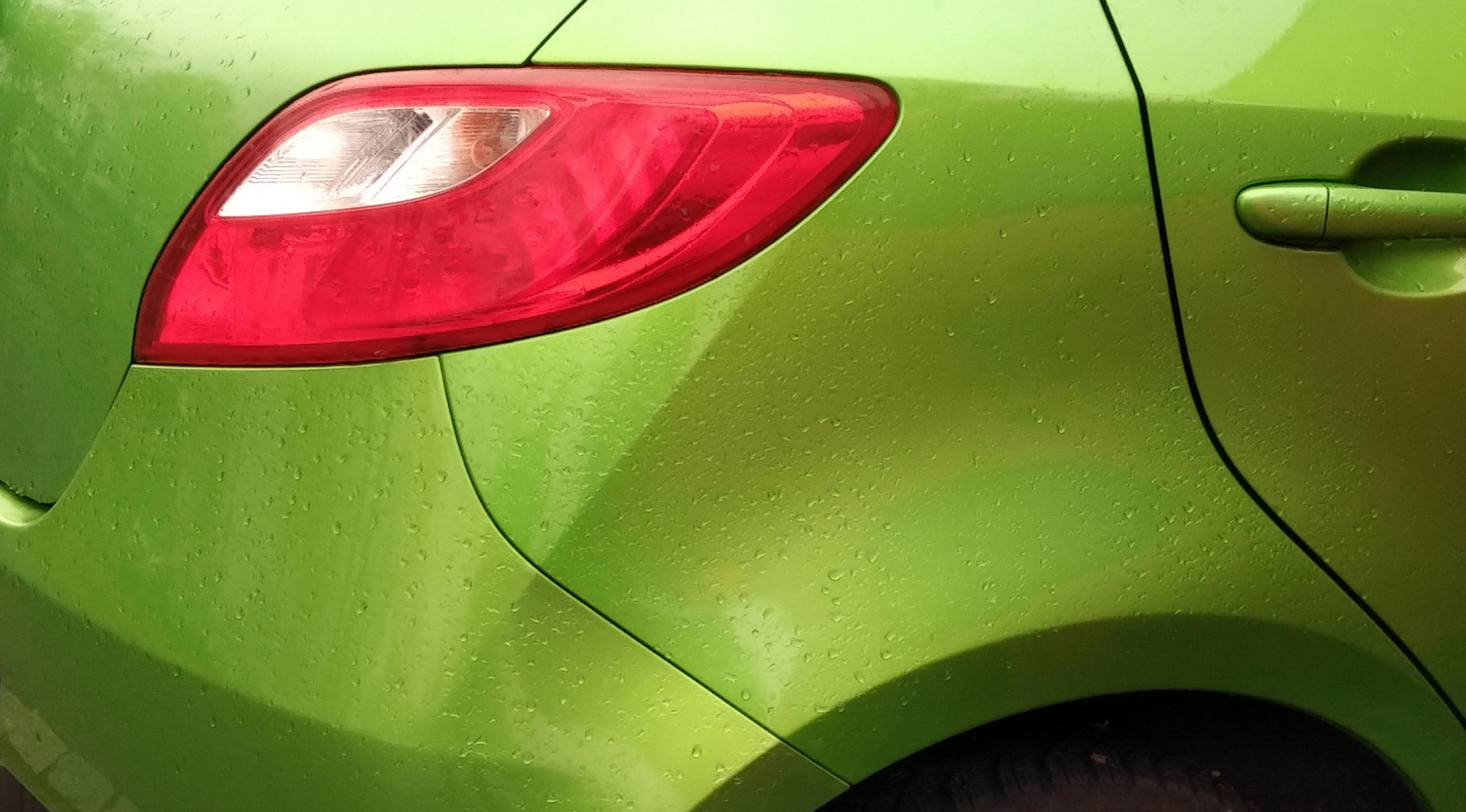Do you determine the correct color strength?
There are number of methods for determining the color strength of pigment preparations. All methods have one thing in common: the color strength can only be determined in a defined mixture with white. This results from the Kubelka-Munk theory.
There are different procedures, but also different algorithms for calculation, which can lead to very different results – with fatal consequences in the further processing of the pigment preparations. Since color strength describes the coloring effect of a paste, it correlates with the concentration of the pigment. The color strength is therefore a proxy for the pigment concentration in the processed state.
However, the question arises as to which influencing factors of the individual methods provide reliable results. Deviations have a direct influence on the process and are one of the reasons why corrections are necessary in the production of color shades.
In the following, we describe a procedure that allows an objective evaluation of the methods. For this purpose, we create a concentration series around the commonly used mixing with white, in which the white portion is kept constant, and the colorant portion is varied in two steps to both lower and higher concentrations. This results in a concentration series of 5 measuring points whose colorant concentration is known. The color intensities of the 5 mixtures are now determined using the methods to be compared. The measurement results are plotted against the weighed-in concentration in each case.
In the following example of a blue pigment, the following mixtures were prepared and each measured dry with the squeegee applied (red line) and liquid with the Q-Chain® LCM-Mono (blue line). The measured color intensities are shown in the following graph:
In addition, the slopes of the straight lines are indicated in the graphic. A slope of 1 means that exactly the value corresponding to the initial weight is measured. In the example above, the liquid coating color measurement is close to the target value of 1, while the slope of the drying process is only 0.59. This means that the concentration deviation is measured incorrectly by 41%. As a result, any weighing of a recipe or any correction is also wrong. This process error is the cause of a large number of corrections.
You want to know how your own color strength determination stands? Then do the test in your plant. Download the tool from our website and do the test in your process.
Choosing the right algorithm is another aspect to consider. From a whole series of studies on mixing systems, we know that certain algorithms do not give useful results at all. Starting from the same spectrum, different calculation methods give very different values. The topic is extensive. We will write another post on this.
Do you want to know more about how you can reduce corrections in your operation? Then test the performance of your process!
Below you can download the tool after entering your eMail-Adress.
You want to know more? Write us or just give us a call!




